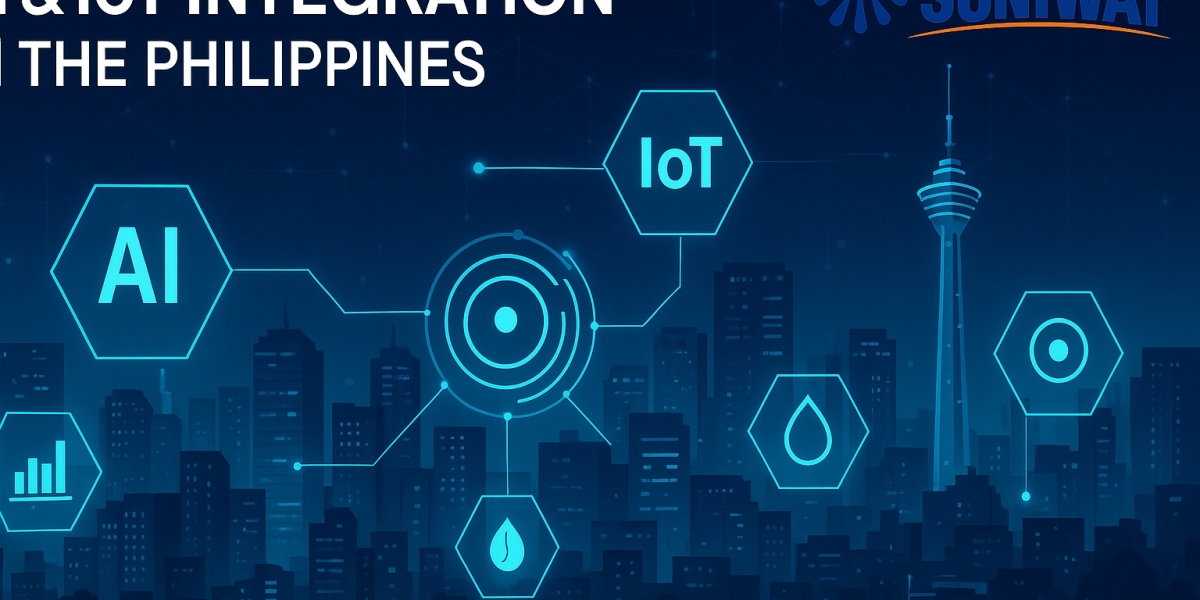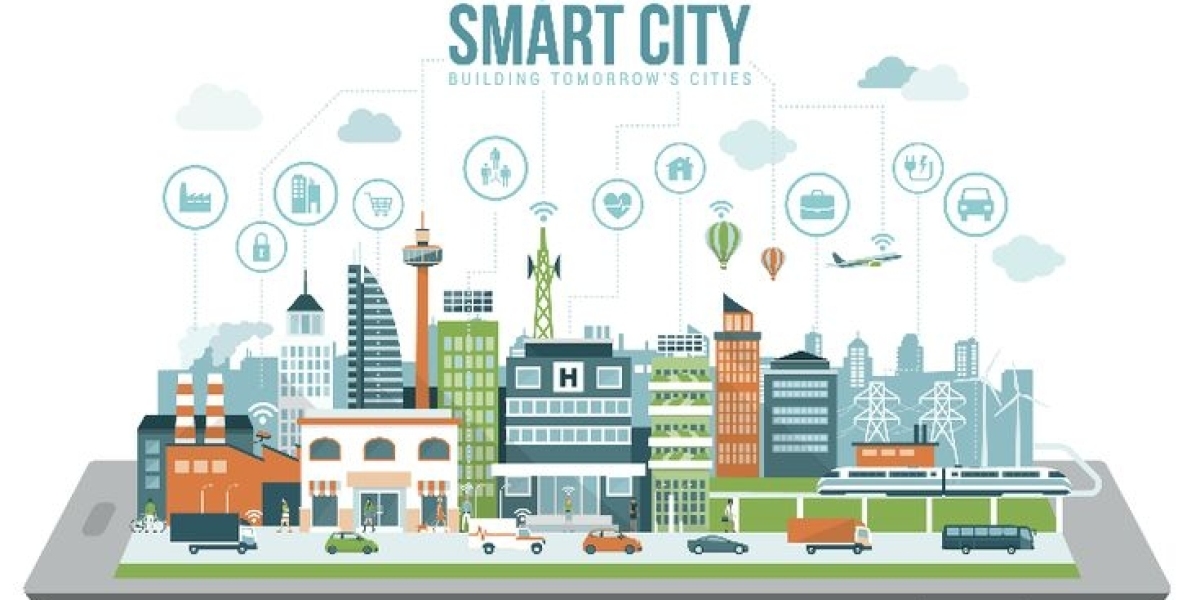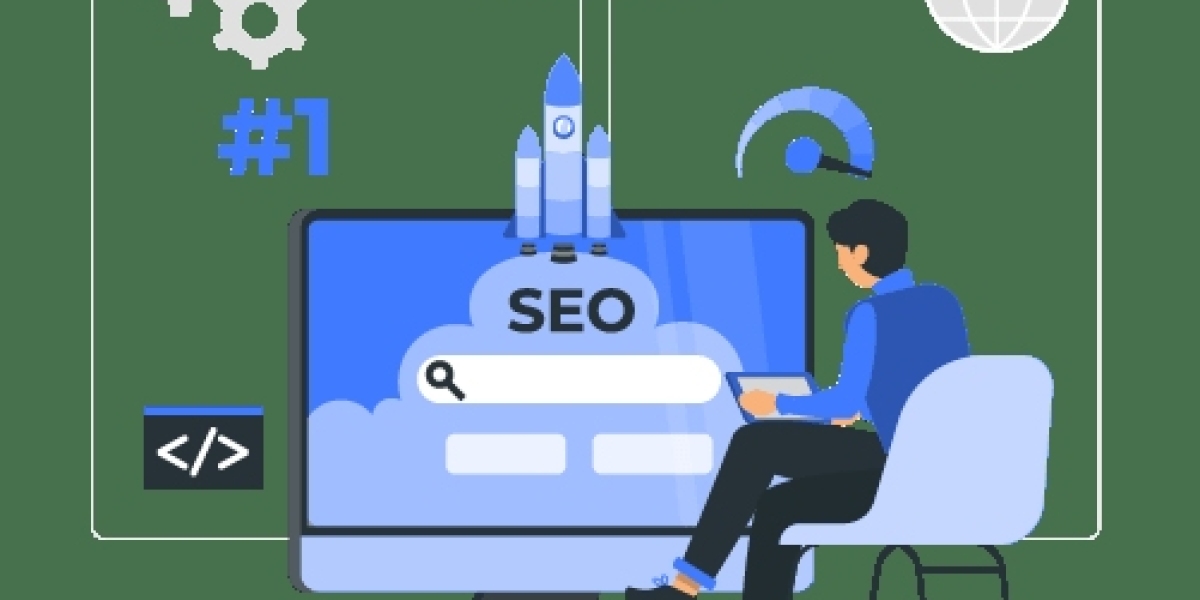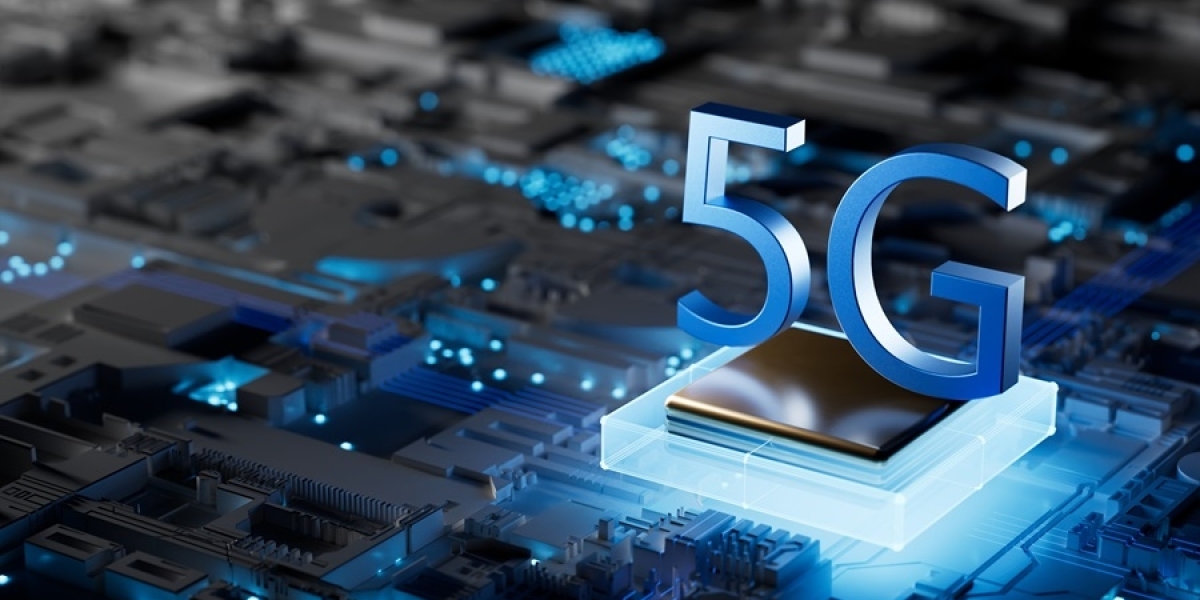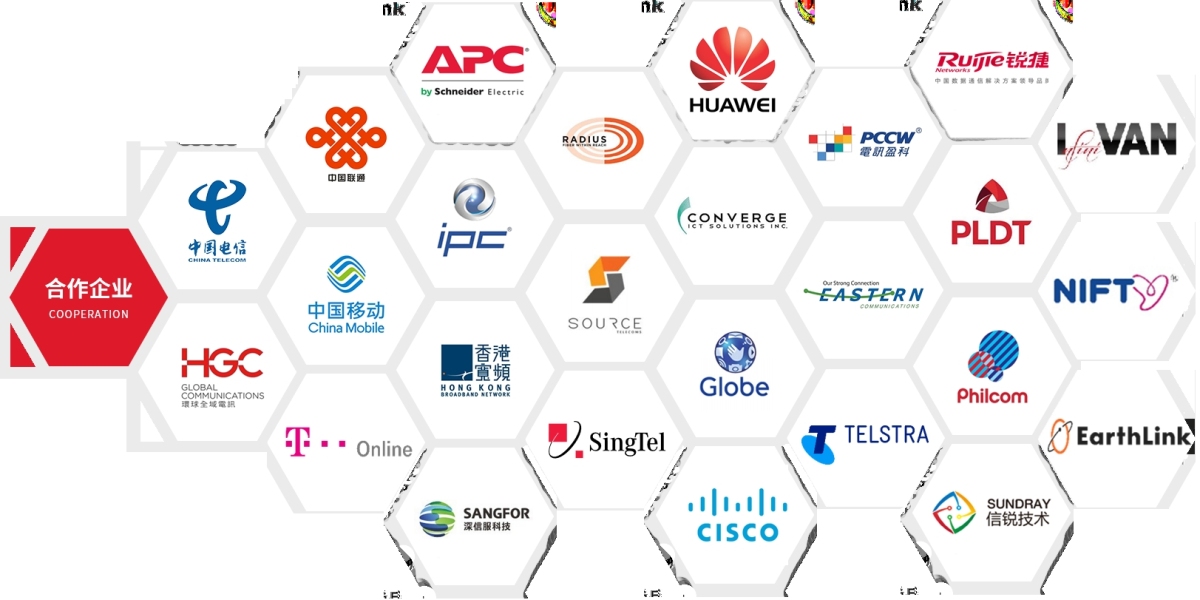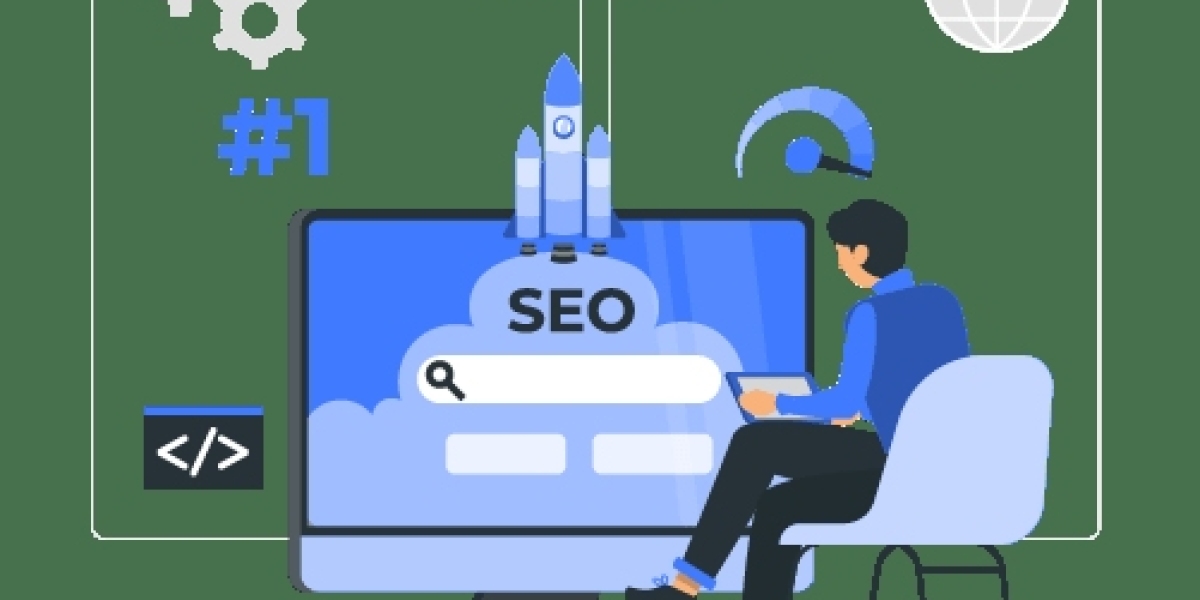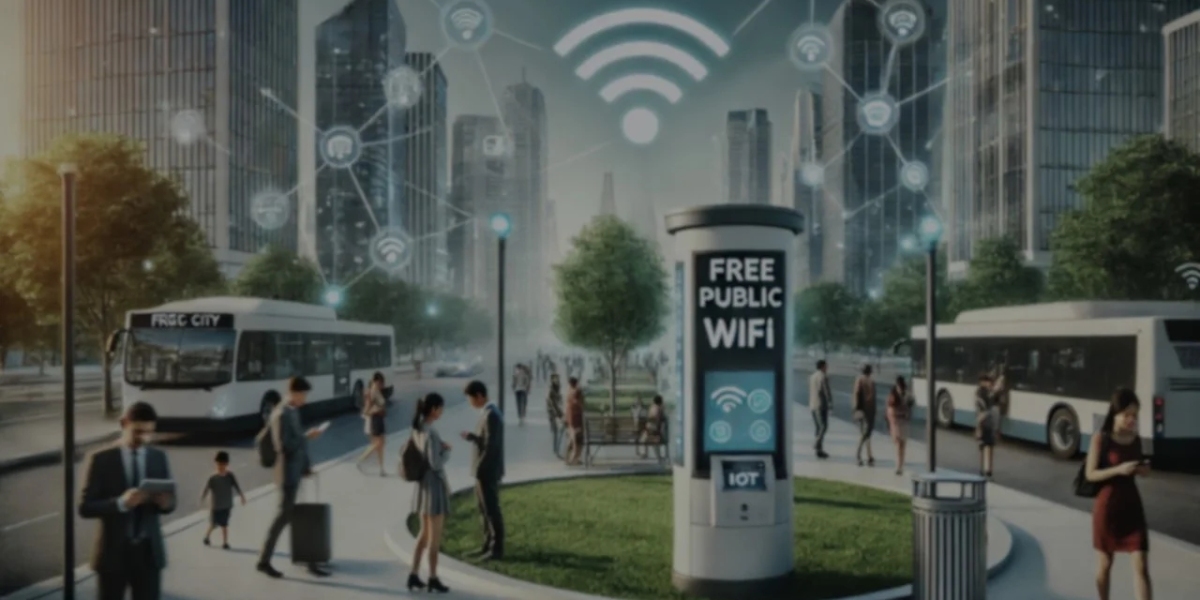Introduction to AI and IoT Integration
Benefits of AI + IoT for Enterprises
Key Use Cases in the Philippine Market
How AI Enhances IoT Data
SUNIWAY’s AI-IoT Integration Services
Security and Infrastructure Considerations
Industry-Specific Applications
Real-Time Monitoring and Predictive Analytics
Challenges and Solutions in Implementation
Conclusion
1. Introduction to AI and IoT Integration
AI (Artificial Intelligence) and IoT (Internet of Things) are two transformative technologies reshaping how enterprises operate. When combined, they create intelligent systems that collect, process, and act on real-time data with minimal human intervention.
In the Philippine business landscape, from factories in Cavite to office parks in Bonifacio Global City, companies are turning to AI-IoT convergence to gain real-time visibility, automate operations, and optimize resource use.
2. Benefits of AI + IoT for Enterprises
The integration of AI with IoT unlocks several strategic benefits:
Real-time automation: Sensors detect changes, AI systems respond instantly
Predictive maintenance: AI forecasts equipment failure before downtime
Operational efficiency: AI optimizes energy use, manpower, and scheduling
Data-driven decisions: Analytics dashboards offer actionable insights
Remote monitoring: Manage facilities and fleets from anywhere
Customer personalization: Behavior-tracking sensors adjust service delivery
These features are helping Philippine companies lower costs and boost service quality.
3. Key Use Cases in the Philippine Market
Practical applications across various industries:
Smart Buildings: AI optimizes lighting, HVAC, and occupancy
Telecom: Network traffic is auto-balanced using AI-driven decisions
Manufacturing: IoT monitors machine health, AI predicts failures
Retail: Customer flow is tracked via sensors, analyzed by AI for layout adjustments
Transportation: Real-time tracking, fuel optimization, and automated dispatch
Agriculture: AI processes IoT data on soil, water, and weather for crop efficiency
4. How AI Enhances IoT Data
IoT alone provides data. AI turns it into insights.
Filtering noise: AI ignores irrelevant sensor data
Pattern recognition: Identifies abnormal behavior (e.g., security breach)
Optimization: Learns the most efficient patterns of machine or human behavior
Forecasting: Predicts future events, like traffic surges or supply needs
Automation: Executes decisions based on learned behavior
Without AI, the value of raw IoT data is limited.
5. SUNIWAY’s AI-IoT Integration Services
SUNIWAY provides enterprise-grade AI-IoT solutions including:
Smart sensor deployment (temperature, motion, air quality, etc.)
AI platform integration (cloud-based or on-premise)
Custom dashboards for monitoring and alerts
Edge computing infrastructure
Third-party software compatibility
Full lifecycle support: consultation → installation → training → maintenance
All systems are tailored to specific business goals and budgets.
6. Security and Infrastructure Considerations
AI-IoT systems must be secure and reliable:
End-to-end encryption for data streams
Private networks or VPNs for IoT device access
User role-based access controls
Redundant power and connectivity
Regular firmware and AI model updates
SUNIWAY designs solutions that prioritize cybersecurity and uptime.
7. Industry-Specific Applications
| Industry | Use Case Example |
|---|---|
| Logistics | Automated fleet route optimization |
| Healthcare | Patient monitoring through wearables |
| Utilities | Smart meters and consumption forecasting |
| Real Estate | Facial recognition and environment control |
| Education | Smart classrooms with facial detection and engagement AI |
| Hospitality | Personalized lighting and temperature in rooms |
Each vertical can drastically improve with targeted AI-IoT strategies.
8. Real-Time Monitoring and Predictive Analytics
AI-powered IoT systems offer:
Live dashboards: View temperature, power, or asset status from anywhere
Alerts & anomaly detection: SMS, email, or platform notifications
Trend analysis: Review long-term performance and consumption data
Scenario simulations: Model “what-if” outcomes for business strategy
This is key for disaster resilience, maintenance scheduling, and customer experience management.
9. Challenges and Solutions in Implementation
Challenges:
Legacy infrastructure incompatibility
Lack of in-house expertise
Connectivity gaps in remote areas
Budget concerns
Solutions:
Modular, scalable deployments
Hybrid edge-cloud platforms
LTE/5G integration for off-grid connectivity
ROI-focused implementation milestones
SUNIWAY ensures clients receive complete training and long-term support.
10. Conclusion
AI and IoT integration is not just a trend—it’s the future of enterprise operations in the Philippines. By uniting intelligent analytics with real-time sensing, businesses can operate more efficiently, reduce costs, and deliver smarter services.
SUNIWAY helps enterprises harness this synergy through end-to-end deployment, from device to dashboard.

